Your roof protects your home, but common mistakes can lead to expensive repairs or replacements. Homeowners often overlook critical issues, such as poor installation or neglecting maintenance, which can result in leaks, structural damage, and higher utility bills. Here’s a quick breakdown of the top seven costly roofing mistakes and how to avoid them:
- Choosing the Cheapest Option: Low bids often mean poor workmanship or inferior materials, leading to frequent repairs and reduced roof lifespan.
- Poor Underlayment Installation: Improper underlayment can allow water damage, requiring expensive fixes and voiding warranties.
- Wrong Nailing Methods: Overdriven or misplaced nails can weaken shingles, causing leaks and costly repairs.
- Inadequate Ventilation: Poor airflow in the attic leads to heat buildup, moisture issues, and higher energy costs.
- Skipping Regular Inspections: Small, unnoticed issues can snowball into major problems if not caught early.
- Delaying Minor Repairs: Ignoring small fixes, like loose shingles, can escalate into structural damage and expensive emergencies.
- Using Cheap Materials: Low-quality roofing materials wear out faster, increasing long-term costs.
Key Takeaway: Invest in quality materials, hire skilled contractors, and schedule regular inspections to prevent these mistakes. Acting quickly on minor issues and ensuring proper installation can save you thousands in the long run.
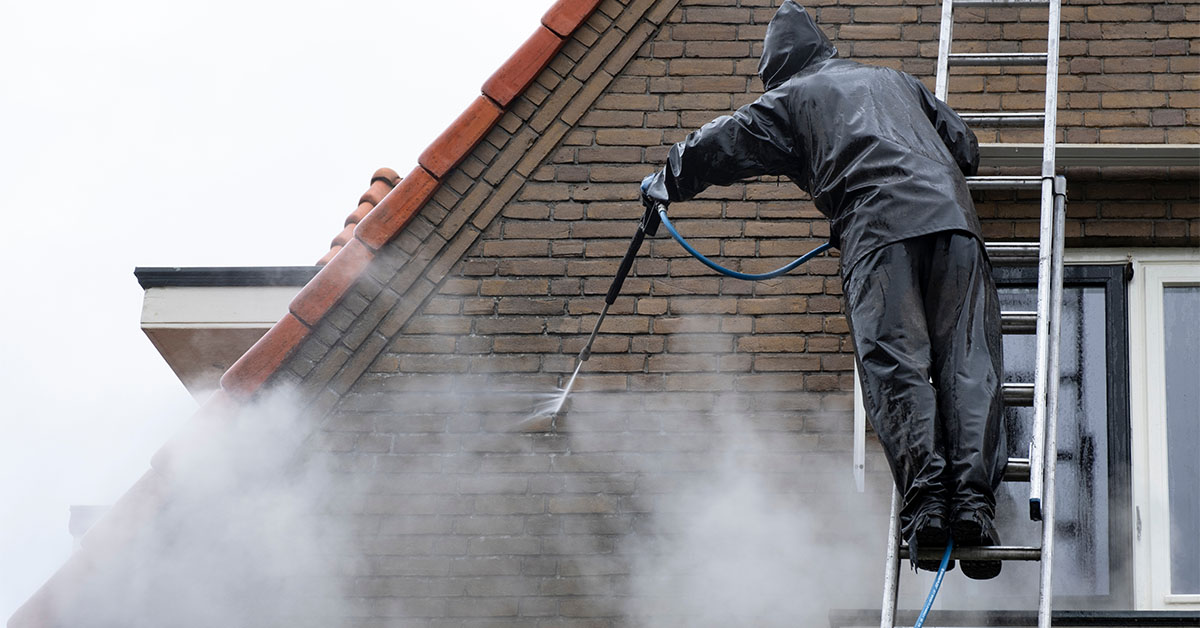
3 Costly Mistakes Building Owners Make With Their Roof
How Roofing Mistakes Drain Your Budget
Roofing mistakes can hit your wallet hard. Using subpar materials, poor installation practices, incorrect nailing techniques, or neglecting regular maintenance often leads to frequent and expensive repairs. Worse, these issues can shorten the lifespan of your roof, leaving you with the hefty cost of replacing it much sooner than planned.
1. Picking the Cheapest Option
When it comes to roofing projects, choosing the lowest bid might seem like a smart way to save money. But this decision often ends up being one of the costliest mistakes. Why? Because low bids can mean poor workmanship, inferior materials, and shortcuts that lead to bigger headaches – and expenses – down the road.
Contractors offering rock-bottom prices may cut corners by hiring unskilled labor, skipping crucial steps, or substituting high-quality materials with cheaper, less durable alternatives.
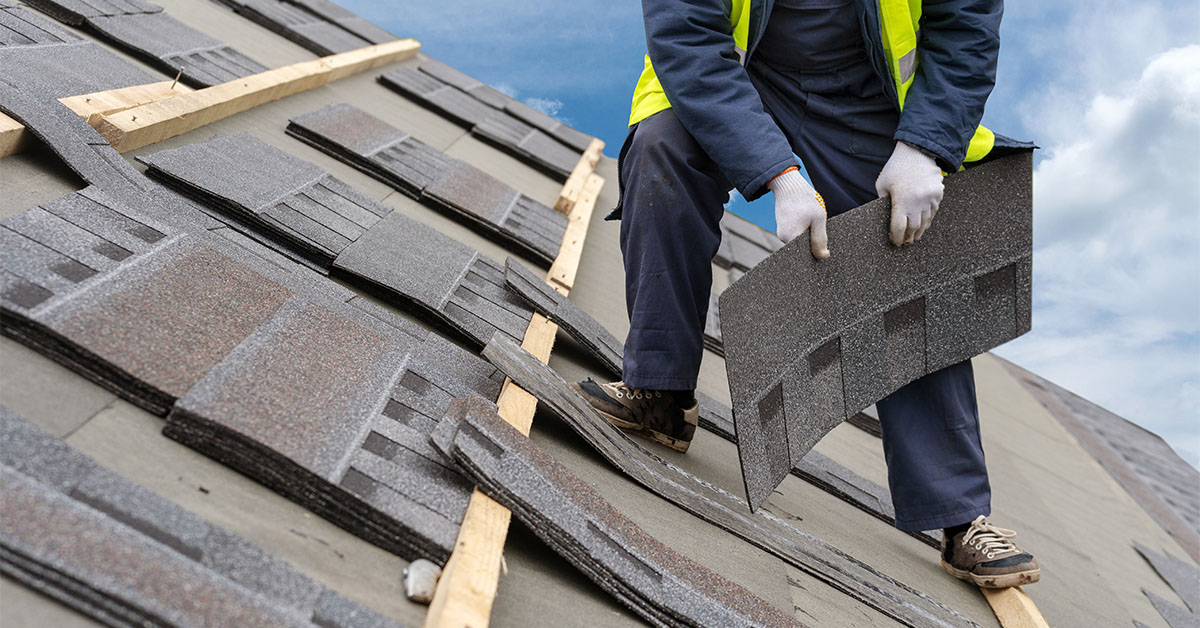
Financial Impact of the Mistake
While the initial savings might feel like a win, the long-term costs can be staggering. A roof that should last 20 to 25 years might fail far sooner due to shoddy work or subpar materials. This can leave your home vulnerable to leaks, frequent repairs, and escalating maintenance costs.
How to Avoid or Fix This Problem
Instead of focusing solely on the upfront cost, think about the long-term value. Get detailed quotes from licensed and insured contractors, and pay close attention to the materials, warranty terms, and scope of work included. Opt for durable, energy-efficient materials with strong warranties to reduce future expenses.
Take time to research contractors by reading reviews, checking BBB ratings, and contacting references. Prioritizing quality over price ensures your roof not only protects your home but also holds up against harsh weather for years to come.
2. Poor Underlayment Installation
Just like choosing the wrong materials, poorly installed underlayment can seriously weaken your roof’s ability to protect your home, often leading to expensive repairs. The underlayment acts as a crucial secondary barrier against water damage, sitting directly on the roof deck beneath the shingles. If it’s not installed correctly, the chances of leaks – and the hefty bills that come with them – increase significantly.
Some common mistakes include not overlapping the underlayment sheets properly, using insufficient fasteners, leaving wrinkles or bubbles in the material, and failing to seal areas around roof penetrations like vents and chimneys. These errors can allow moisture to seep in, damaging your home’s structure and leaving you with a costly mess to fix.
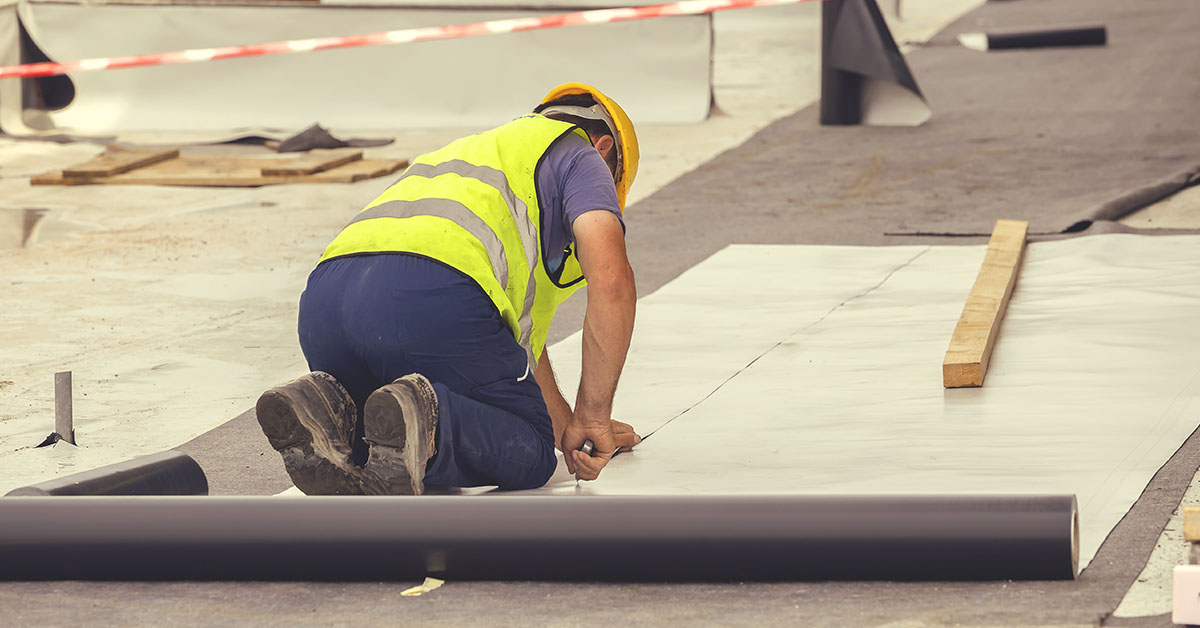
Financial Impact and Long-Term Effects
When water sneaks past a poorly installed underlayment, it can lead to major expenses. Structural damage, replacing insulation, and restoring interiors can quickly add up. If the water damage spreads, the costs can climb even higher. To make matters worse, insurance companies may view these issues as maintenance problems rather than covered damages, potentially leaving you to foot the entire bill.
But the problems don’t stop there. Faulty underlayment can cause ongoing moisture issues that weaken the roof decking, encourage mold growth, and reduce insulation efficiency. Over time, this constant exposure to moisture can speed up the roof’s deterioration, and in severe cases, you might even need to replace the entire roof deck.
Ease of Prevention or Resolution
The best way to steer clear of underlayment problems is to work with experienced roofing professionals. A proper installation means ensuring the sheets overlap correctly, using secure fasteners, and laying the material flat without wrinkles or gaps. Once the roof is finished, fixing underlayment mistakes typically requires removing shingles, which makes early detection critical. Regular roof inspections can help spot early warning signs like small leaks or water stains in the attic, giving you the chance to address issues before they snowball into bigger, more expensive problems.
3. Wrong Nailing Methods
Just like issues with underlayment, poor nailing techniques can seriously compromise your roof’s performance. While it might seem like a small detail, improper nailing is one of the most frequent errors that can weaken a roof. Correct nailing is essential for shingles to perform well and last longer, but many installations fall short due to overdriven nails, misplaced nails, using too few nails, or even substituting staples for nails.
Overdriven nails are a major concern because they can puncture through the shingles, creating immediate points where water can seep in. Misplaced nails fail to secure multiple layers of shingles properly, leaving your roof vulnerable to wind and weather. Using staples instead of nails is another mistake, as staples simply don’t provide the same holding power as roofing nails.
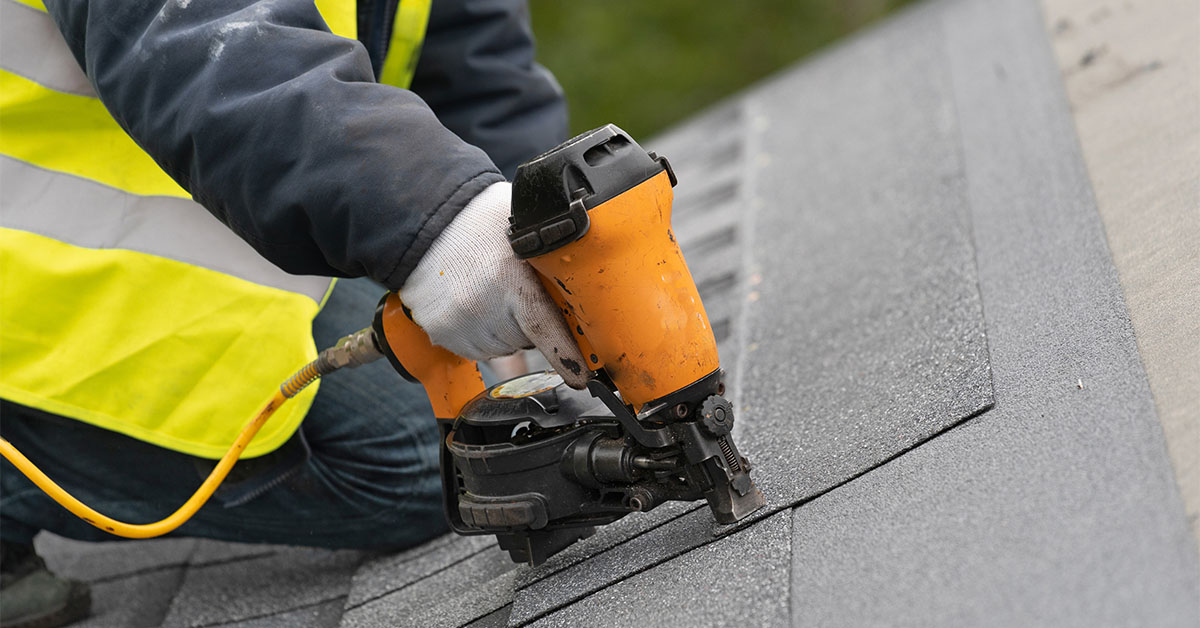
Financial Impact of the Mistake
The financial toll of poor nailing techniques can be significant. Fixing nail pops alone can cost anywhere from $150 to $400, and the costs can climb if the damage is more extensive. Overdriven nails can also void the manufacturer’s warranty, leaving you responsible for the full cost of repairs or replacements that would have otherwise been covered.
Even worse, improper nailing can lead to shingles loosening or blowing off during storms or high winds. Emergency repairs in such cases can quickly run into thousands of dollars. Water leaks caused by bad nail placement can escalate repair costs even further, especially if the moisture damages your home’s interior or structural components. All of this highlights how critical proper installation is to avoid premature roof failure and unnecessary expenses.
Long-Term Effects on Roof Durability
Bad nailing methods don’t just cause immediate problems – they also have long-term consequences that can drastically shorten your roof’s lifespan. For instance, ring shank nails are three times stronger than smooth shank nails, making the right nail choice vital for withstanding strong winds. However, when contractors use the wrong nails or poor techniques, your roof becomes more susceptible to wind uplift, which can progressively damage more shingles over time.
Faulty nailing often leads to nail pops, where nail heads stick out above the shingle surface, as well as misplaced or missing nails. Overdriven nails can even leave dents or cracks around the nail heads. Over time, these issues create more entry points for water, weakening the overall structure of your roof. Using low-quality materials, such as rusted nails, nails of the wrong length, or mismatched metals, can further erode your roof’s durability.
Ease of Prevention or Resolution
Preventing these problems is straightforward if you hire skilled contractors who follow best practices. Nails should penetrate at least ¾ inch into the roof deck and meet International Building Code standards. Proper nail placement is key – it should secure two layers of shingles at once, with flat nail heads and consistent spacing between nails and rows.
Regular roof inspections can help catch nail pops and other issues before they become serious. For minor, isolated nail pops, a DIY fix might suffice. However, widespread problems or areas with water damage should always be handled by professionals to prevent further complications or warranty issues. Contractors using pneumatic nail guns must carefully monitor and adjust them to avoid overdriving nails, and staples should never be used for shingles – some areas even prohibit their use entirely. By following these preventive measures, you can ensure your roof remains strong and reliable, avoiding costly repairs down the road.
4. Poor Roof Ventilation
Good attic ventilation is essential to prevent heat and moisture from building up and damaging your roof. Think of it as your roof’s way of "breathing." Without enough airflow, heat and moisture can get trapped in the attic, leading to serious structural problems over time.
In the summer, poor ventilation causes heat to build up, making your air conditioner work harder. In the winter, warm air trapped in the attic contributes to ice dams. This stagnant air also increases moisture levels, which can lead to mold, wood rot, and even corrosion. Often, the problem lies in having too few vents or blocked soffit vents, which disrupt the balance between intake and exhaust airflow. Let’s take a closer look at how poor ventilation can affect your finances, your roof’s durability, and what you can do to fix or prevent these issues.
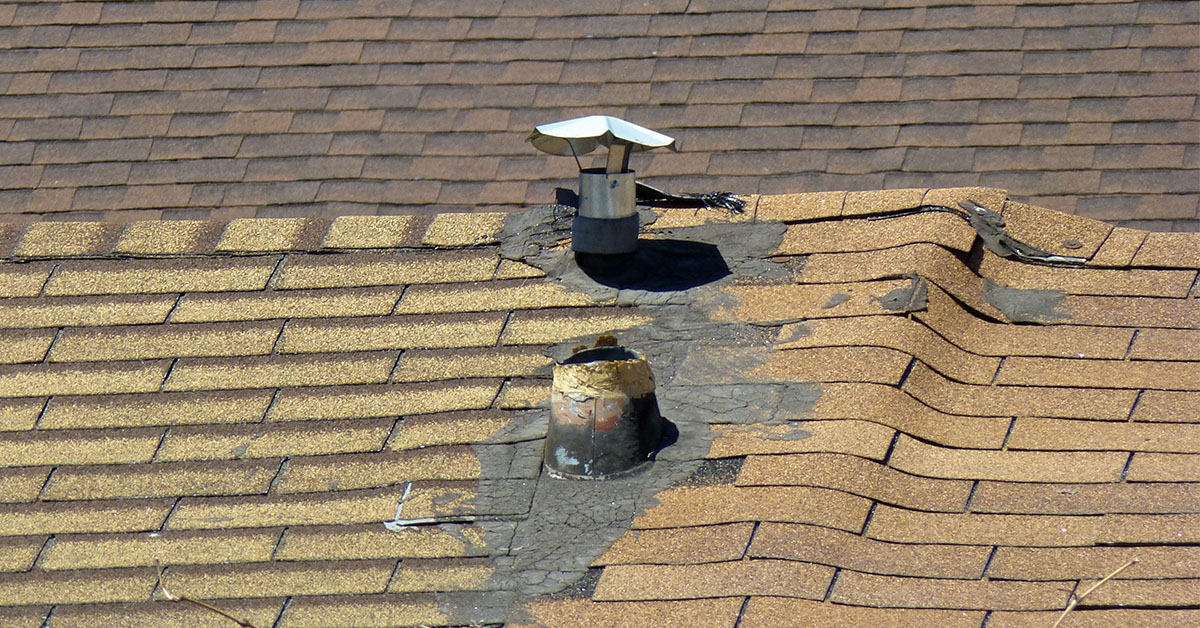
Financial Impact of the Mistake
Poor ventilation can hit your wallet hard. Excessive heat in the attic drives up energy costs as your air conditioner struggles to keep your home cool. On top of that, many shingle warranties require proper ventilation. If your roof fails due to heat or moisture damage, you could be stuck with the repair or replacement bill because the warranty won’t cover it.
The costs don’t stop there. Poor ventilation can lead to mold, rusted nails and fasteners, sagging roof decking, and damage to your home’s sheathing and siding. Ice dams and leaks caused by moisture buildup often require emergency repairs, which can cost thousands of dollars.
Long-Term Effects on Roof Durability
Inadequate ventilation doesn’t just cost you money – it shortens your roof’s lifespan. Heat and moisture can warp the decking, degrade shingles, and rust metal fasteners. Temperature swings cause shingles to crack and lose granules prematurely, while trapped heat can lead to blistering on shingles, affecting both their durability and appearance.
Winter brings its own set of problems. Ice dams allow water to seep under shingles and underlayment, causing leaks and water damage. Mold thrives in these damp conditions, which not only weakens your roof but can also pose health risks to your household.
Ease of Prevention or Resolution
The good news? Ventilation problems are fixable with the right approach. The goal is to create a balanced system where fresh air enters through intake vents and hot, moist air escapes through exhaust vents. Make sure soffit vents are clear of debris to allow proper airflow. Ridge vents, installed along the roof’s peak, work together with intake vents to maintain consistent airflow and regulate attic temperatures. Attic fans can also help push out hot air during the summer months.
Adding proper insulation and sealing air leaks can further stabilize attic temperatures and lower energy bills. Regular maintenance is key – check filters in vents if they’re designed to block wind-driven rain, as dirt and debris can clog them and cause issues like condensation and ice damming. Finally, professional inspections are invaluable for spotting hidden problems and offering solutions tailored to your home’s unique design, roof size, and shape.
sbb-itb-66ccccd
5. Skipping Regular Inspections
Many homeowners put off roof inspections until they notice visible problems. The trouble is, without regular check-ups, small issues can quietly grow into costly repairs.
Think about it – something as minor as a loose shingle or missing granules can signal that your roof needs attention. Regular inspections allow you to spot these early warning signs and address them before they turn into major headaches. Taking this proactive approach not only extends the life of your roof but also helps you avoid hefty repair bills down the road.
How Regular Inspections Can Save You Money
Catching problems early through routine inspections prevents the need for expensive emergency fixes and helps maintain the overall condition of your roof.
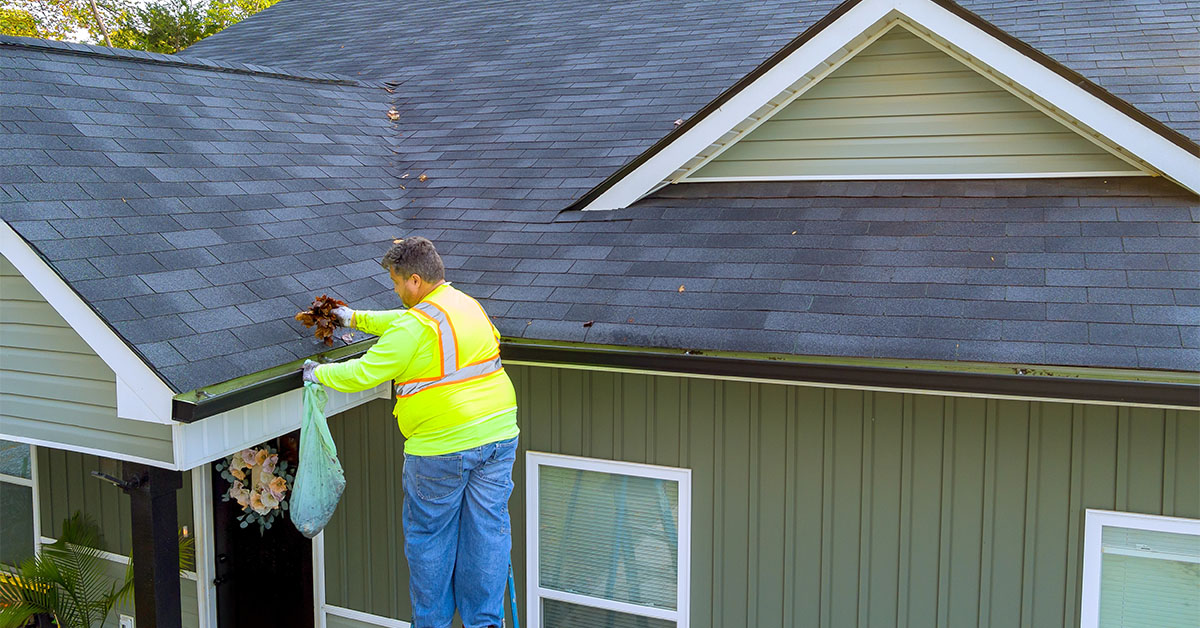
Steps to Ensure Effective Roof Inspections
- Schedule inspections at least once a year, ideally in spring and fall.
- Arrange additional inspections after severe weather, like heavy storms, hail, or strong winds.
- Hire professional roofing experts to perform detailed assessments.
Professional inspectors have the expertise to spot subtle damage that might escape an untrained eye. By identifying these issues early, you can prioritize necessary repairs and avoid larger, more expensive problems later.
6. Putting Off Small Repairs
Ignoring small roofing issues, like a loose shingle or a minor leak, might not seem like a big deal at first. But those seemingly minor problems can quickly spiral into major structural damage. For example, even a tiny gap in your roof can allow water to seep into wooden beams, insulation, and drywall. Over time, this can lead to costly repairs, such as replacing rotted decking or dealing with mold. Beyond the financial burden, neglecting these repairs weakens your roof’s overall structure.
Financial Impact of the Mistake
Fixing minor issues right away is always cheaper than dealing with the consequences of neglect. A missing shingle is inexpensive to repair, but if left unresolved, water damage can spread and lead to much bigger expenses. For instance, a small leak ignored during the winter can cause damage to roof decking and other components. Worse yet, some insurance companies may deny claims for damages caused by poor maintenance, leaving you to foot the entire bill.
Emergency repairs also come with a hefty price tag. When a small issue turns into a full-blown leak during a storm, the cost for urgent repairs skyrockets compared to routine maintenance. And it’s not just about the immediate costs – these delays can have long-lasting effects on your roof’s durability and lifespan.
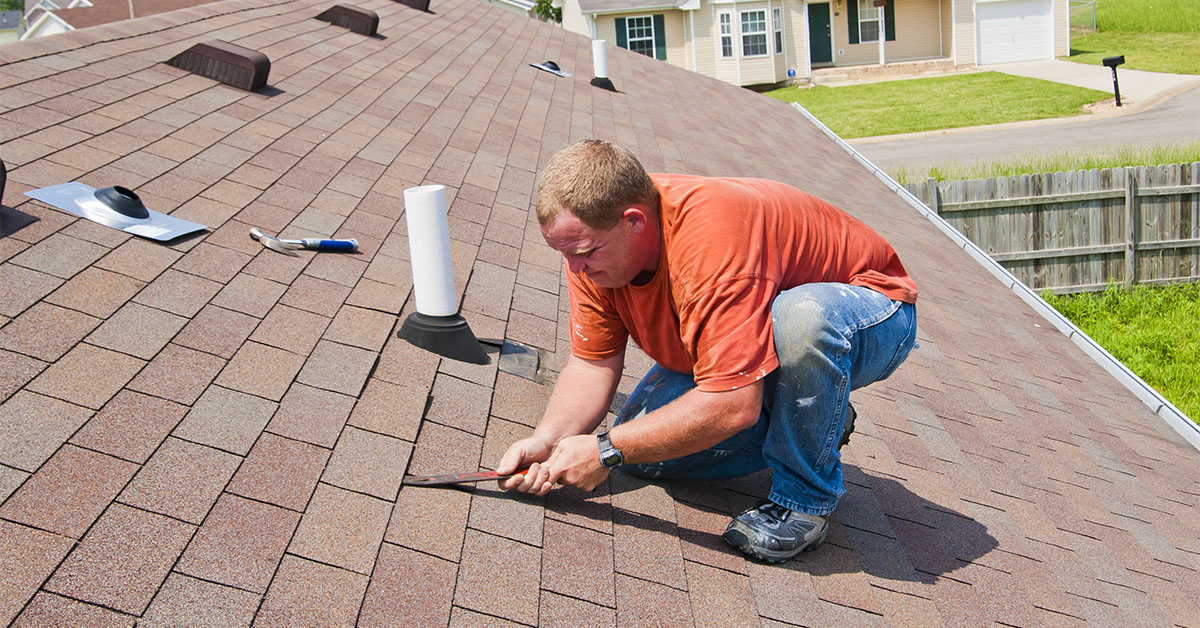
Long-term Effects on Roof Durability
Putting off small repairs often sets off a chain reaction that weakens your entire roof. Once water gets past the protective layers, it can cause rot, rust, and insulation damage, eventually leading to the need for a full roof replacement much sooner than expected. Prolonged moisture exposure accelerates wear and tear, significantly reducing your roof’s lifespan and leaving you with a larger, more expensive problem.
Ease of Prevention or Resolution
Avoiding these costly mistakes is simple with a proactive approach. Inspect your roof every season for signs of trouble, such as missing or curled shingles, exposed nails, or clogged gutters. Setting aside a repair fund can also help you tackle issues as soon as they arise.
Adopt a "fix it now" mindset for any visible roofing problems. If you notice damage, even from the ground, address it immediately. This approach can prevent minor issues from escalating into major, budget-breaking repairs down the line.
7. Buying Cheap Materials
Skipping on quality when it comes to roofing materials might seem like a way to save money upfront, but it can lead to serious problems down the line. While budget constraints can make cheaper options appealing, these materials often fail to stand the test of time. Low-grade shingles, flashing, and underlayment wear out faster, resulting in more frequent repairs and a shorter roof lifespan.
Financial Impact of the Mistake
What seems like a cost-saving choice initially often turns into a financial burden. Cheap materials tend to break down under harsh weather conditions, leading to expensive repair work that quickly cancels out any initial savings.
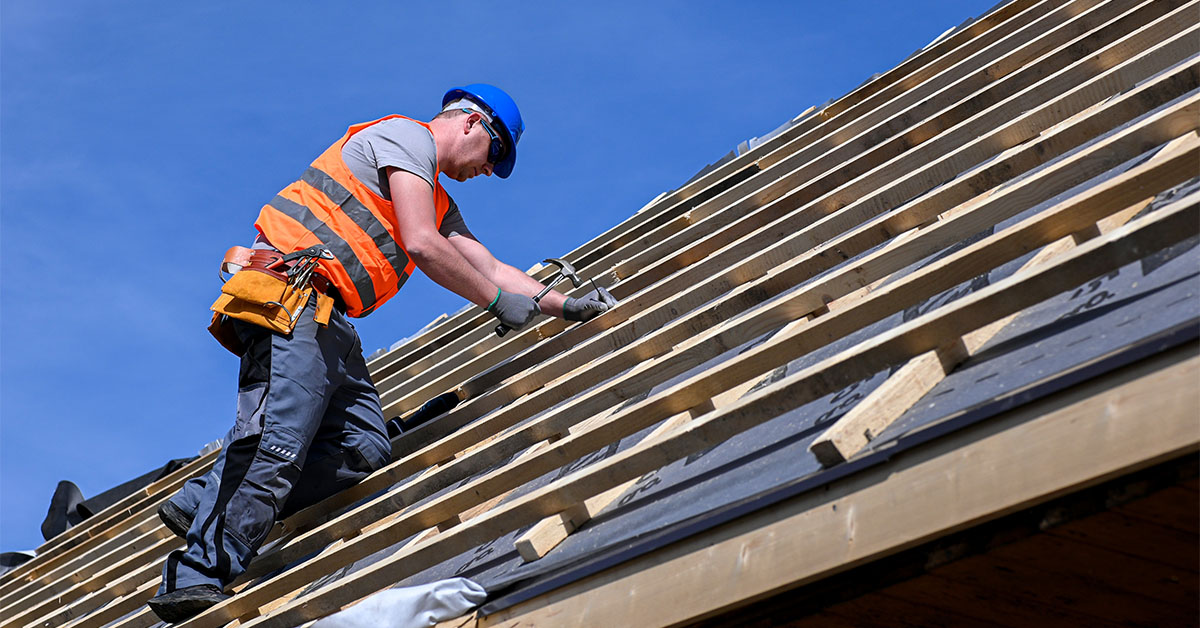
Long-term Effects on Roof Durability
The consequences of using low-quality materials go beyond immediate expenses. For example, shingles made from inferior materials can become brittle, crack, and allow moisture to seep through, speeding up wear and tear. Poor-quality flashing and underlayment may fail to provide proper protection against water intrusion, opening the door to rot, mold, and even structural damage. Over time, these issues can compromise the entire roofing system, turning a small oversight into a major headache.
Ease of Prevention or Resolution
Avoiding the risks of subpar materials is easier than you might think. It starts with doing thorough research and staying vigilant during installation. Here are a few steps to help spot potential red flags:
- Look for mismatched or different-colored shingles, which could indicate mixed batches or leftover clearance items.
- Ensure the flashing is brand-new and high-quality rather than reused or corroded pieces.
- Double-check that essential components like underlayment and drip edges are installed, as skipping these to save costs can lead to serious issues later.
Investing in quality materials upfront may feel like a bigger expense, but it’s a smart move for long-term durability and peace of mind.
How to Avoid These Costly Mistakes
Taking steps to avoid the pitfalls mentioned earlier can save you both money and headaches in the long run. Here are some practical ways to ensure your roof stays in great shape while avoiding unnecessary expenses.

Choose the Right Contractor
The first step is finding a contractor you can trust. Check their license through your state’s Department of Professional Regulation – many states have online tools that make this process simple. Ask about any complaints or disciplinary actions tied to their license, and confirm they carry both general liability and workers’ compensation insurance. A trustworthy contractor will have no problem sharing this information. This initial step lays the groundwork for proper roof care.
Set Up Regular Inspections
Routine inspections are key to catching problems early. Most experts recommend checking your roof twice a year, ideally in the spring and fall. If that’s not feasible, aim for at least once a year. Additionally, always schedule an inspection after severe storms.
Know the Warning Signs
Between professional inspections, keep an eye out for potential issues. From the outside, watch for missing or curling shingles, granule loss, and any damage around vents and chimneys. Sagging sections, moss or algae growth, and clogged gutters are also red flags. Inside your home, water stains on ceilings, damp smells, or sudden spikes in energy bills could point to leaks or ventilation problems.
Act Quickly on Repairs
If you spot an issue, don’t wait to address it. Small problems, like a loose shingle or a minor flashing issue, can quickly spiral into major structural damage if ignored. Tackling repairs early can save you from much bigger expenses down the road.
Choose Quality Materials and Installation
It’s tempting to save money by opting for cheaper materials, but this often leads to higher costs over time. Invest in durable roofing materials and ensure proper installation, especially when it comes to underlayment, nailing, and ventilation. These choices help your roof withstand harsh weather and extend its lifespan.
Keep Detailed Records
Good record-keeping is an often-overlooked aspect of roof maintenance. Keep track of all inspections, repairs, and maintenance work. Take photos of your roof before and after any repairs to document its condition. These records can be incredibly helpful for warranty claims or insurance purposes. Be sure to keep a file with contractor details, material specifications, and inspection reports as well.
Professional inspectors often bring specialized tools, like drones and infrared cameras, to identify hidden problems that aren’t visible from the ground. Their objective insights can guide you in prioritizing repairs and avoiding unnecessary work, especially compared to inspections from companies that also handle repairs.
Conclusion
Avoiding roofing mistakes is about more than just saving money – it’s about protecting your home and ensuring it performs at its best. Your roof is a significant investment, and the seven common errors discussed can lead to unnecessary expenses and headaches.
Neglecting your roof doesn’t just rack up repair bills; it also shortens its lifespan. Regular maintenance and timely repairs can extend its durability, delaying the need for a costly replacement. Addressing issues early can stop minor problems from snowballing into major damage.
Proper insulation and ventilation are equally important – they help cut down on heating and cooling costs, keeping your energy bills in check. Beyond that, a well-maintained roof can increase your home’s market value, making it a smart investment.
Sticking to maintenance guidelines also protects your manufacturer warranties. This ensures you’re not left covering repair costs for issues that should have been under warranty. Plus, keeping your roof in good shape can lower insurance premiums and reduce the risk of claim denials. Planning ahead for roof replacements – especially as your roof approaches 15 years – can save you from financial surprises, as older roofs often receive limited insurance coverage through Actual Cash Value policies rather than full replacement costs.
To protect your home and your wallet, focus on quality materials, hire experienced contractors, inspect your roof regularly, and address problems as soon as they arise.
FAQs
How can I make sure my roofing contractor uses high-quality materials and installs them correctly?
To make sure your roofing contractor uses high-quality materials and follows proper installation practices, start by verifying that the materials meet recognized standards such as ASTM, UL, or FM Global. These certifications show the materials have been rigorously tested for safety and durability.
Pay close attention to their workmanship. Look for straight shingle lines, correctly installed flashing, and a neat, professional finish – these are clear indicators of skilled craftsmanship. Also, confirm that the contractor has valid licenses, insurance, and certifications from manufacturers. These credentials highlight their expertise and adherence to industry guidelines.
By taking these precautions, you can avoid expensive issues down the line and ensure your roof stands the test of time.
What are the signs of poor roof ventilation, and how can I fix them?
Poor roof ventilation can cause a range of problems, such as an overheated attic, visible mold or moisture buildup, curling or cracked shingles, and even ice dams during the colder months. You might also come across sagging rooflines, notice an increase in energy bills, or detect musty odors from trapped heat and moisture.
To address these issues, make sure your roof allows for proper airflow. This could involve installing or repairing soffit vents, ridge vents, or gable vents. If these steps don’t resolve the problem, it’s a good idea to consult a professional for a detailed inspection and customized solutions to safeguard your home and extend the life of your roof.
How often should I have my roof inspected to catch problems early?
It’s wise to plan for a roof inspection at least once a year to spot any potential problems before they escalate. On top of that, be sure to check your roof after major weather events like heavy storms, hail, or strong winds, as these can cause damage that isn’t always immediately visible.
By staying on top of regular inspections, you can tackle minor issues early, avoid expensive repairs, and help your roof last longer.
